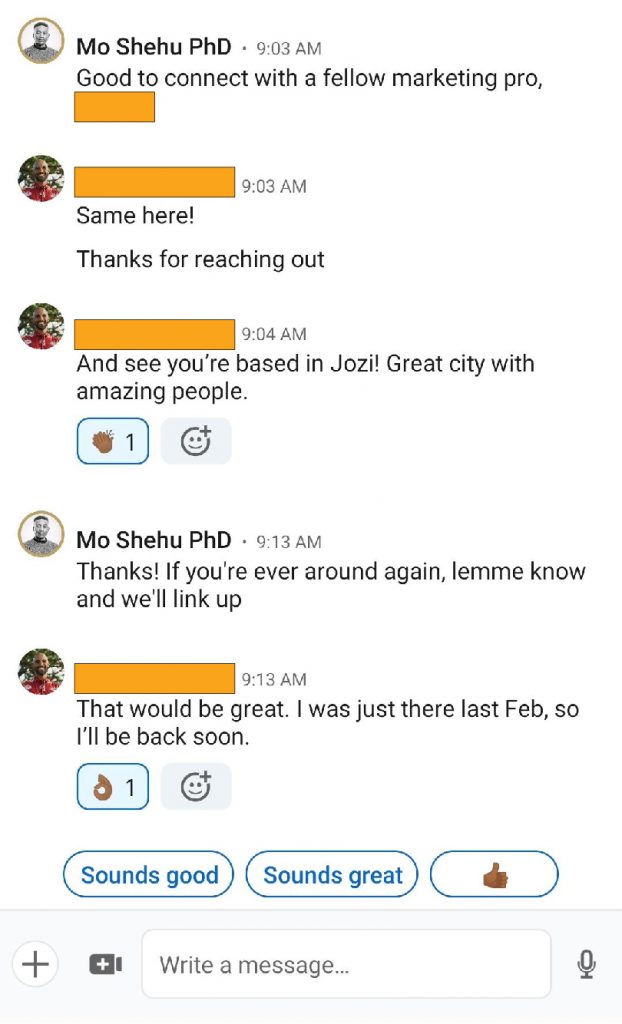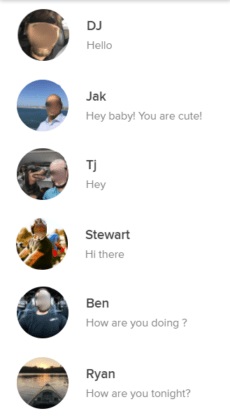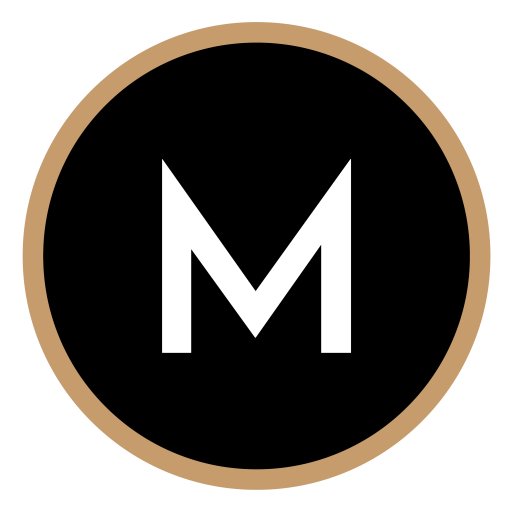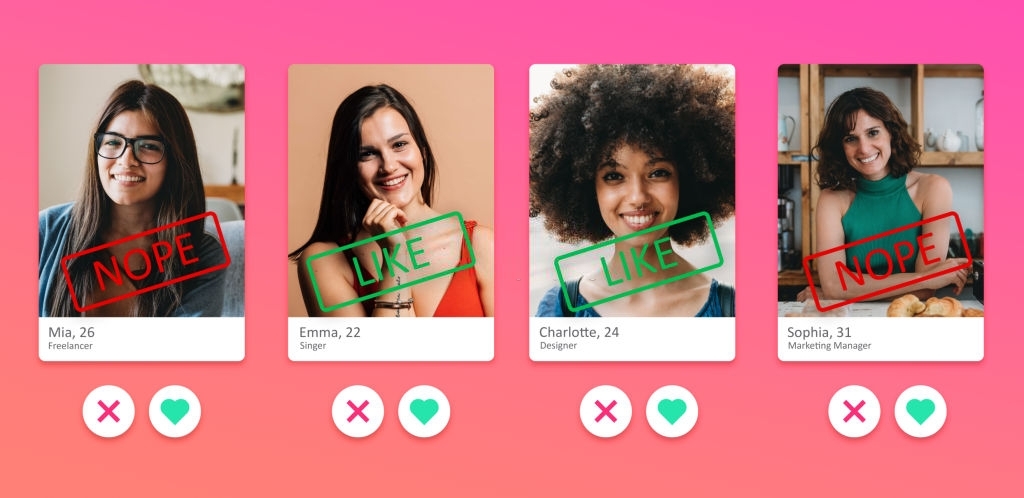Tinder is a fascinating app.
When you view it as a social experiment, Tinder reveals how people project themselves onto the world, engage with other people, and mask and reveal their true intentions. It offers a compelling window into human nature and societal structures once you see past the humorous one-liners and carefully edited selfies.
Most people, however, struggle with something more pressing: starting and holding a conversation on the app. Whether due to shyness, anxiety, or fear, they might seek out the best openers to kick off a chat and hope it leads to something more. A simple search for “best Tinder openers” returns close to 800,000 results — plenty of templates to choose from.

The problem is that many of these message and bio templates get abused to death. If you use a template as-is, someone else has probably done that too — and that takes away one of your biggest advantages on any dating app: your originality.
Nowhere is this more necessary than on LinkedIn, a massive platform hosting over 700 million professionals, contractors, and owners. The platform attracts salespeople who try to drum up new business for their companies by reaching out to prospects to set up meetings, demos, and sales.
Being the largest online concentration of corporate cash on the planet, it’s no surprise that there are entire playbooks on how businesses can succeed on the platform. I wrote a piece recently on why and how business owners should leverage the LinkedIn platform for lead generation — come back and read it after this.
There are many approaches to leveraging LinkedIn for lead generation, but most salespeople rely on outdated outreach templates, copying and pasting the same messages for each prospect.
No, Mr. Salesperson, I don’t want to tell you what I’ve been “working on lately” (you don’t really care anyway), nor do I want to “grab a time” on your calendar so you can “learn more about my business” like the last 15 reps before you.
Business owners and sales reps need to be smarter about their outreach. There’s a better way to do it, but it will require more effort from you, and you won’t be able to automate it easily.
How to nail your first LinkedIn outreach message
LinkedIn outreach boils down to 2 P’s: personality and personalization.
Firstly, your personality needs to shine. If you sound like a spammy marketer or salesperson, prospects will ignore you. If you come across as authentic, they will respond positively.
A good rule of thumb is to write outreach messages the way you’d text a friend or long-time colleague. You wouldn’t pepper your message with unnecessary! exclamation! marks! (what are you so excited about?!). You wouldn’t hype up a chilled conversation, either — and make no mistake; an outreach message should be low-key enough to come across as authentic. At the slightest whiff of you trying to sell me something too early, I check out of the conversation.
Secondly, you need to personalize every message you send a prospect — and I’m not just talking about including their name in your message. Your messages have to be personalized to their history, content, and interests. You can’t just slide in and immediately refer them to some random article you “found” simply because that’s the first step of your carefully crafted outreach sequence. Instead, try and relate your message to something they’ve been, done, shared, or commented on.

This is where most LinkedIn outreach efforts quickly fail. Unless you spend some time to get to know someone, you won’t be able to send them the kind of personalized message that says, “I see you. I took the time to know what you like, engage with your content, and craft a relevant message you’d want to respond to.“
I can already hear you saying, “But that’s not scalable! I can’t spend hours going through each profile trying to find common ground!” And that’s why your success rate is so low.
Besides, there’s another platform where you already personalize everything by default: Tinder.
How to send an effective message on Tinder
Tinder is an excellent proving ground for any salesperson who wants to master the art of attracting and convincing a prospect. On LinkedIn, you might be selling products, services, courses, and events. On Tinder (or any other dating platform), you’re selling a much more expensive product — yourself — to a random stranger.
You could be the best thing that ever happened to them or turn out to be their worst nightmare — and they have no way of knowing that. But just as with any other type of sales and marketing effort, your job is to convince them that you’re ice-cream in summer.
Below are 2 examples showing the start of different conversations:
In the above example, my bio called for jailing people who oppose pineapple on pizza — quasi-contentious enough for her to kickstart the conversation. Here’s the second chat:
In the above instance, the lady was a self-proclaimed foodie, so I kicked off with that. It’s always great when people have interesting profiles that give you something to work with.
Profile optimization is a big thing on both platforms, and there are entire guides for that (Tinder, LinkedIn). All of them boil down to the same point: make your profile attractive enough for people to swipe right or click on.
Ask yourself: what’s the “hook” on your Tinder or LinkedIn profile that would make someone want to learn more about you or your product? What’s the one thing that would help them overcome their shyness (Tinder) or hesitation (LinkedIn) enough to text your first? In other words, would *you* DM yourself out of the blue?
Don’t be boring — show some personality. And try to avoid weak openers like these:

Also, note that I personalized my responses to each conversation. I didn’t use any “5-step Tinder messaging template” to drive the conversation forward — that would never work. Conversations are dynamic, and you have to be able to adapt on the fly. Just act and speak normally — they’re humans like you.
Coming back to LinkedIn, does this mean that your automated outreach sequence will slow down a bit? Yes. The truth is that no customer will walk a straight line through your perfectly curated 5-step sequence — just like the idea of a straight-line sales funnel is laughable at best.
They might take a detour, pause for a bit, maybe even take a step back. They’ll ask you questions, ponder your offer, and ask their friends for advice. You need to be able to adapt to each situation.
Your LinkedIn outreach efforts need a deft, human touch. Software is good for kickstarting the conversation or priming them to visit your profile — but you need to be hands-on afterward to close the sale.
And if you want to sharpen your LinkedIn sales skills, download and master Tinder. You’ll learn more from being in the field than from reading a thousand online guides.
Till next week,
Mo
In my last post, I wrote a guide on how to start a blog. Read it:
Need to talk about your brand, career, or project? Get in touch.
I’m also on Twitter and LinkedIn.

Mohammed Shehu, Ph.D. writes on content and marketing for creators and brands. You can find him online @shehuphd everywhere.

